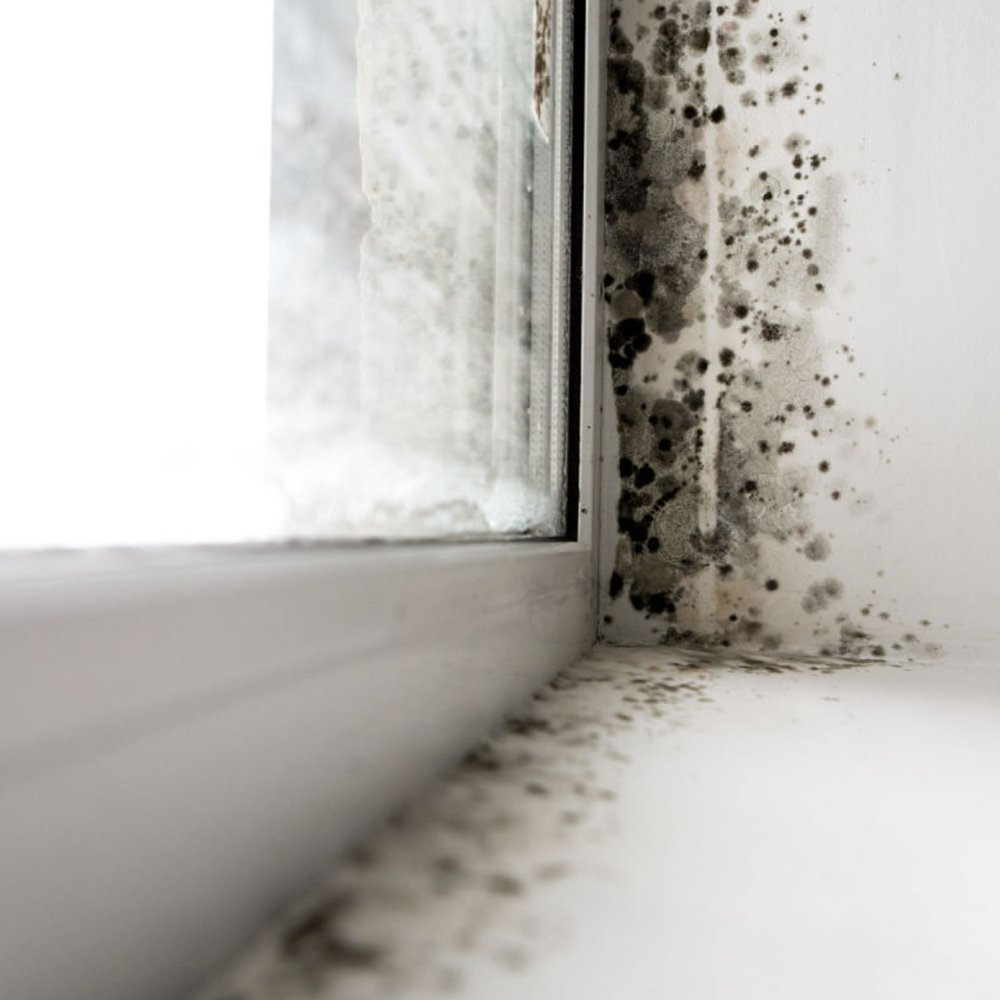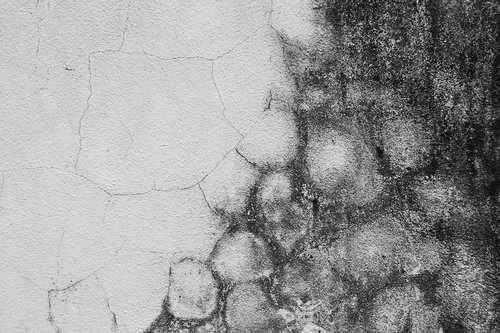
5 min read
Spring Cleaning For a Healthy Home
The renewal of seasons offers the perfect opportunity to deep clean our living spaces; to eliminate the dirt and debris we can see but, even more importantly, the invisible pollutants we can't.

3 min read
In Part One of this series, we explore the impacts of mold, some common types to look out for and its effect on health.
So what is mold? It is a type of fungus that can be found in the home, whether it is old or new. Mold is a natural part of our environment, thriving in damp, dark and humid conditions and proliferating on a range of surfaces from tile to wallboard to carpet, siding and shingles.
The main problem with mold is its potential adverse health effects on humans. It reproduces by releasing tiny spores into the air, which when inhaled can trigger a range of health problems. For many individuals, exposure can lead to mild allergic reactions such as sneezing, coughing and watery eyes. However, for those with allergies or asthma, mold can exacerbate symptoms, causing frequent and severe attacks. Moreover, certain types of mold produce mycotoxins, which are toxic substances that can be harmful when inhaled or touched. Understanding the basics of mold and its potential health impact is the first step toward creating a safer and healthier living environment for you and your family.
One of the tricky things about mold is that we might not always see it. However, it is important to note that any type of mold indoors should be addressed to prevent possible consequences for the health of inhabitants. Let's take a look at some common types:




Penicillium:
Alternaria:
While mold is not good for anyone, certain groups are more susceptible than others. Babies and kids are always exploring and their developing immune systems might not be as equipped to handle mold spores, leading to more frequent and severe allergic reactions. The elderly are also at increased risk because as we age our bodies become less resilient than they once were.
Allergy sufferers are primed to be more sensitive to mold. Another group are those with pre-existing respiratory issues like asthma. Mold can trigger asthma attacks as the spores irritate the airways, making it hard to breathe. With prolonged exposure, you might develop bronchitis or other respiratory infections. It can be life-threatening for individuals with asthma or chronic obstructive pulmonary disease (COPD) or other respiratory conditions.
The views and opinions expressed by WLLW are for general informational purposes only and should not be construed as professional advice. Readers are encouraged to seek the guidance of certified mold remediation specialists as every circumstance is unique and proper care should be taken to address mold issues effectively and safely.
Photography: srckomkrits/Adobe, Mold Medics, Mold Answers

5 min read
The renewal of seasons offers the perfect opportunity to deep clean our living spaces; to eliminate the dirt and debris we can see but, even more importantly, the invisible pollutants we can't.

2 min read
Part Two of this series covers the measures you can take to prevent mold from taking hold in the home.